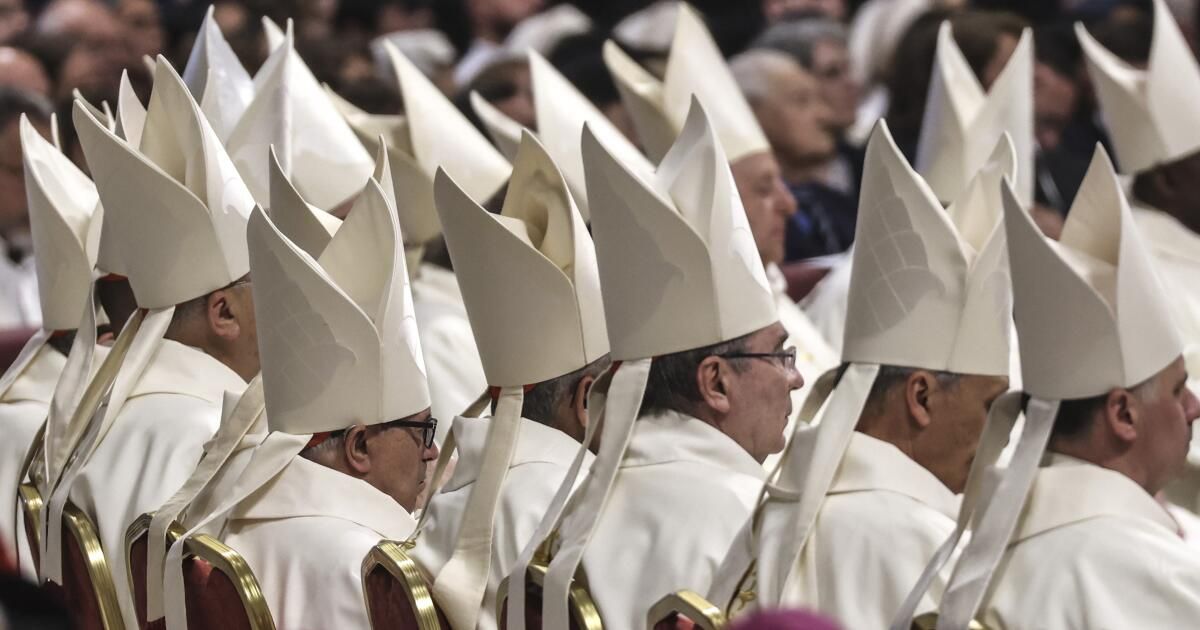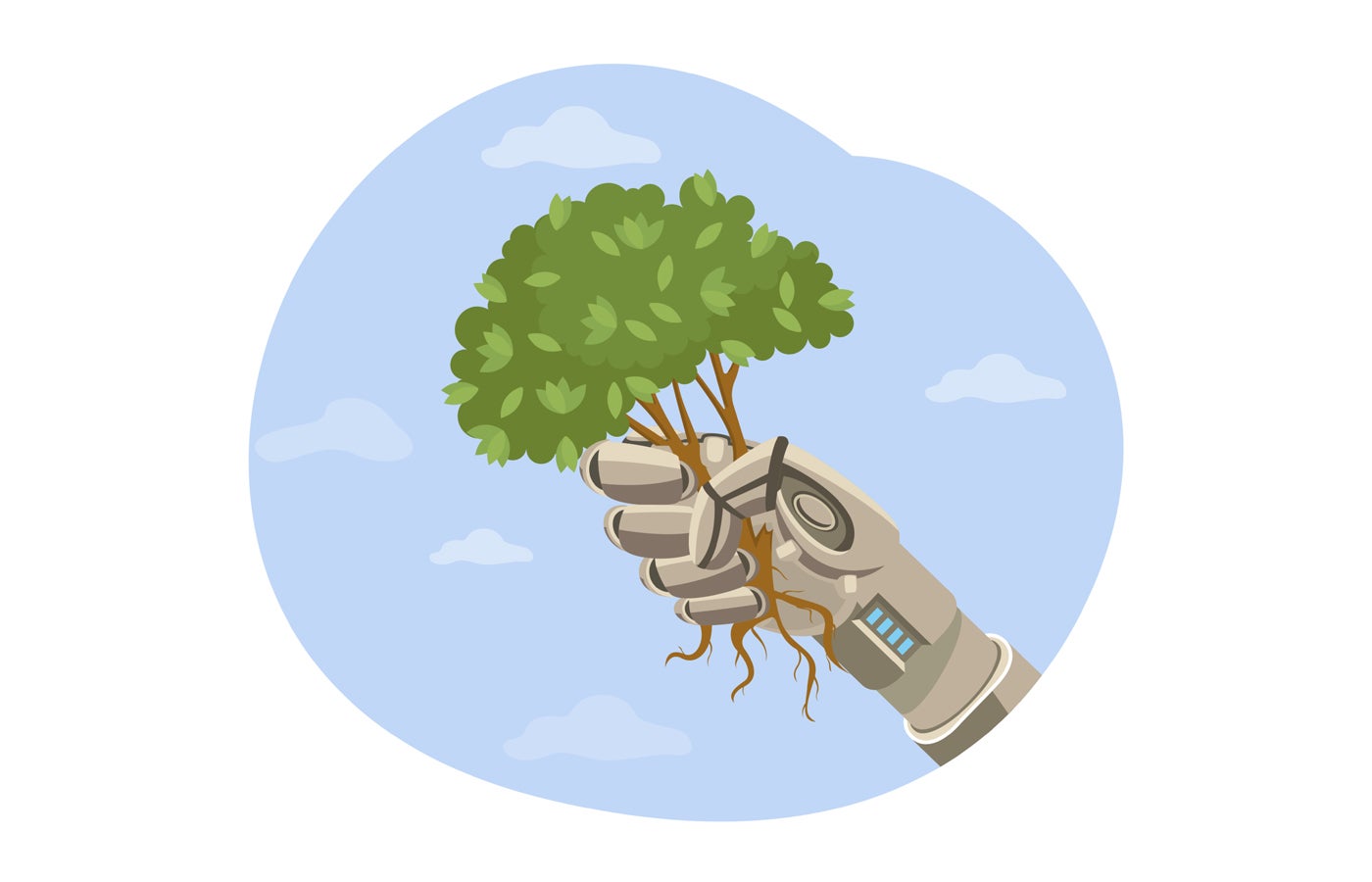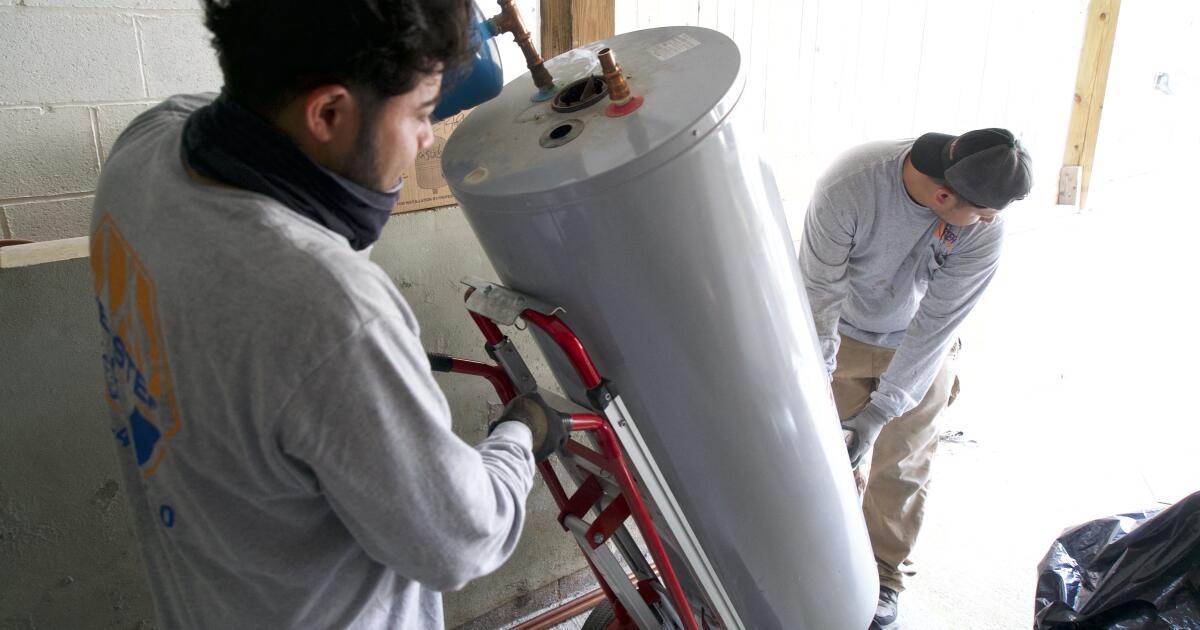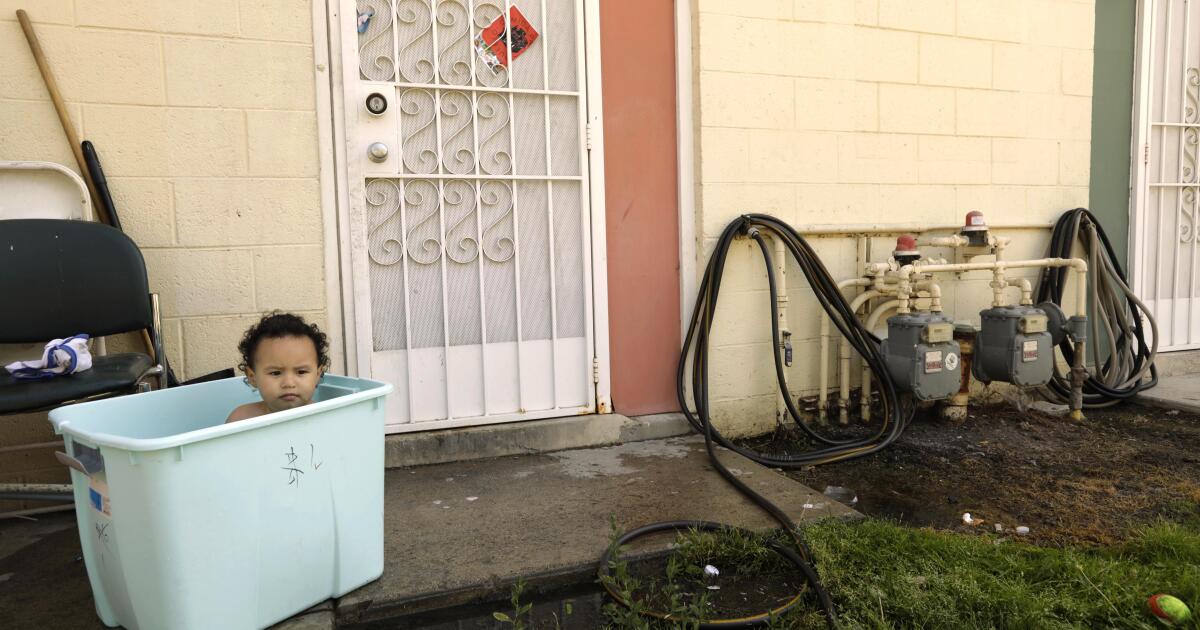The version of Pope Francis of diversity, equity and inclusion was especially important for me as a black and devotional Catholic man.
When he traveled to Africa, Asia and the Pacific Islands, I shouted with joy. It was a forceful recognition that the Catholic Church could no longer treat non -white nations as a late occurrence. He sent that message again when he included Asians and Africans among the 21 priests and prelates that he raised in his 12 -year -old papacy.
As the New York Times pointed out this week, when Francis was chosen, the voters cardinals represented 48 countries. Now, like the conclave to replace it, it opens in Rome, 133 Voter Cardinals from 70 countries You can cast votes in the Sistine Chapel. Will they take the next step and fill Francis's shoes with a color pope?
It is not the first time that a question arises. In 2005, Desmond Tutu, then the Anglican Archbishop retired from Cabo del Cabo, South Africa, demanded very strongly and very publicly that the successor of Pope John Paul II, who was born in Poland, is an African or Latin American. There were few chances of that happened. Pope Benedict XVI was German.
But times and Catholics have changed. Francis, Benedict's successor, was the first Pope of the Americas and the southern hemisphere, and the first Non -European Pope in almost 1,300 years. From the call to the diversity of Tutu, the number of Catholics in the non -European non -European world has shot. Now Europe and North America represent less than 30% of the 1,400 million Catholics in the world, with Africa registering the greatest increases in the last pontifical yearbook of the Vatican and the “demographic dynamics” of Europe considered “stagnant”.
However, the Catholics of the race and the nation do not tell the entire history of the radical changes and obstacles that the Church faces today.
Catholicism is fiercely challenged in what were once Catholic countries solid by a rock by an evangelical proselytizing movement and a spirit that flatly rejects the dogma, teaching and practices of the Church. That translates into money and power, as well as a mission. John Paul and Francis traveled tirelessly to underpin the flock, recognizing that millions of Catholics or converts could be lost by evangelicalism, or Islam or other religions, especially in non -white countries. Benedict tried to do the same, but as it became increasingly evident, it was not at the height of the demanding task.
And competing worldwide is just one of the problems that will prove the next Pope.
Catholics are still attacked by ideological, theological and philosophical battles about abortion problems, homosexual marriage, women in the priesthood and celibacy. The Church has seen Always declining numbers of priests and nuns, and bombarded More than $ 1 billion To solve the demands of sexual abuse only in Los Angeles, and not all the costumes are established.
Francis did not believe that the Church could simply stand in the rooted dogma and past practices. The word “reformer” headed the announcements of his death worldwide.
And now the names of the African, Asian and Latin American cardinals are among those who have the right things to head the Church. The main non -European contenders could provide unique assets to fierce competition with other religious religions in developing nations.
Some have experience to unite the Muslim and Christian division, or in the fight against poverty, inter -ethnic and religious violence and the harmful economic side effects of the globalization of the fuss. They could put a strong emphasis on social and economic reforms in countries beyond Europe and the United States, and help the Church atone for the shameful colonial domain in these nations in the past.
Above all, an African, Latin American or Asian Pope would send the strong message to the practical Catholics and the possible converts in all those regions that the Church is committed to making them not only to the members, but to the policy formulators of the Catholic Church.
But simply changing the Pope's face without addressing the necessary change will not repair the tattered image of the Church or park it in the 21st century instead of 11. Since Francis's death, a question has dominated the talk of his successor: will it continue to follow a path of reform or not?
In my opinion, modernization is the only way to cure my church even in place. The conclave can make itself already dozens of millions of non -white Catholics in the United States and world justice by putting the adequate man in the upper papal place.
The last book by Earl Ofari Hutchison is “President 'Trump's America”. Your comments can be found in Thehutchinsonreport.net.
Perspectives
Times Insights It offers an analysis generated by the voices content to offer all points of view. Insights does not appear in any news article.
point of view
Perspective
The following content generated by AI works perplexed. Los Angeles Times editorial staff does not create or edit the content.
Ideas expressed in the piece
- The global Catholic population has changed significantly, since Europe and North America now represent less than 30% of the 1,400 million Catholics in the world, while Africa and Asia have seen the highest growth rates[4]. This demographic change has intensified the calls to a Pope of a non -European context to reflect the geographical and cultural composition in the evolution of the Church.
- Cardinal Cristóbal López RomeroArchbishop of Rabat, has become a potential candidate due to its multicultural (Spanish-Paraguayan) and appeal in African, European and Latin American factions[3]. His approach in joining divisions in interreligious and inter -ethnic contexts aligns with the need for a leader capable of addressing global challenges such as poverty and religious conflict[3][4].
- Cardinal Pizzaballa pierbattistLatin Patriarch of Jerusalem, provides experience in the navigation of Muslim-Christian relations in the Middle East, a critical area for the dissemination efforts of the Church[3][4]. His regional experience positions him as a candidate who could strengthen the presence of the Church in growth regions outside Europe.
Different views on the subject
- European cardinals, such as Italy Pietro Parolin (Secretary of State of the Vatican) and Hungary Peter ErdoThey continue to be the main ones in favor of your institutional experience and alignment with the Pope Francis reform agenda[1][2][3]. The diplomatic roles of Parolin in China and the Middle East, along with their pragmatic approach, are seen as stabilizer assets at a fractured university in Cardinal[2][3].
- Critics argue that candidates such as parolin lack pastoral experience, after having passed their careers in Vatican diplomacy instead of directing congregational leadership[2]. This could hinder efforts to address basic challenges, such as clerical shortage and evangelical competition in Latin America and Africa[4].
- The tradition of the conclave of prioritizing doctrinal continuity and institutional familiarity can disadvantage non -European candidates, despite their demographic relevance. For example, cardinal Jean-Marc Aveline of Marseille, although favored by Francis, faces the resistance of the distrustful conservatives of their progressive positions on social issues[3].











